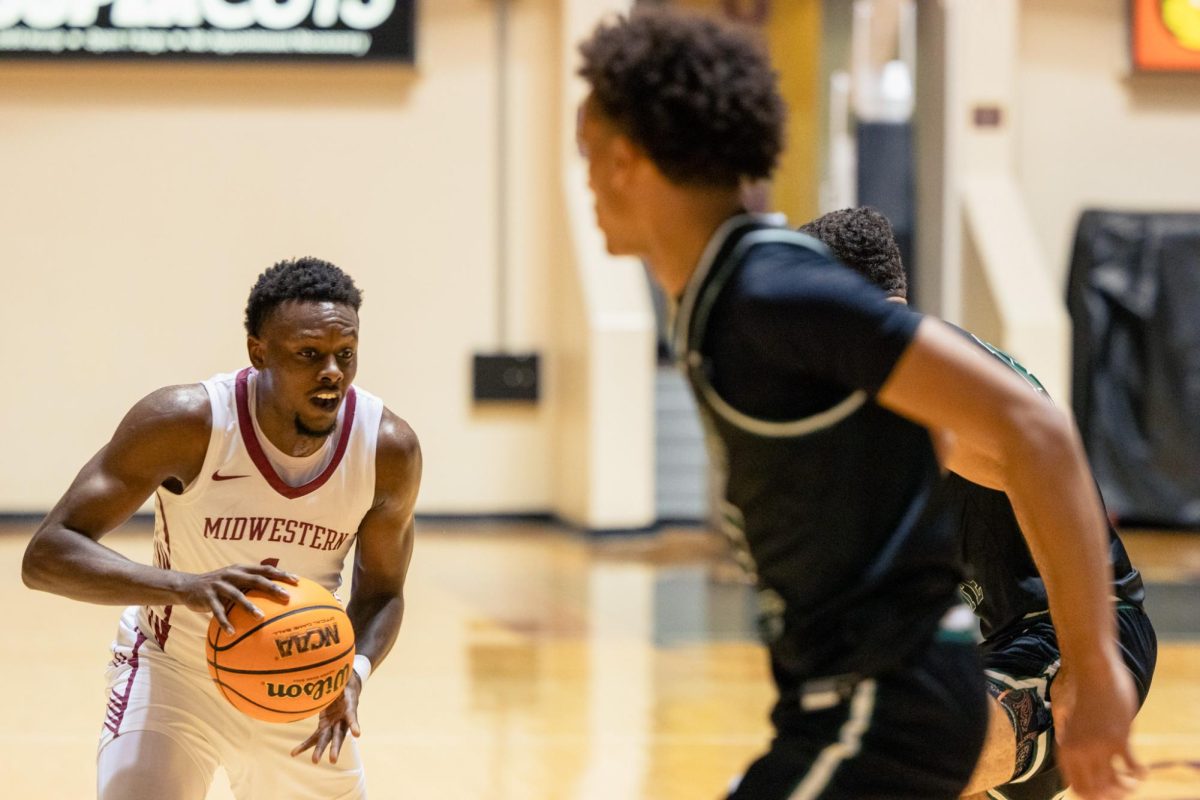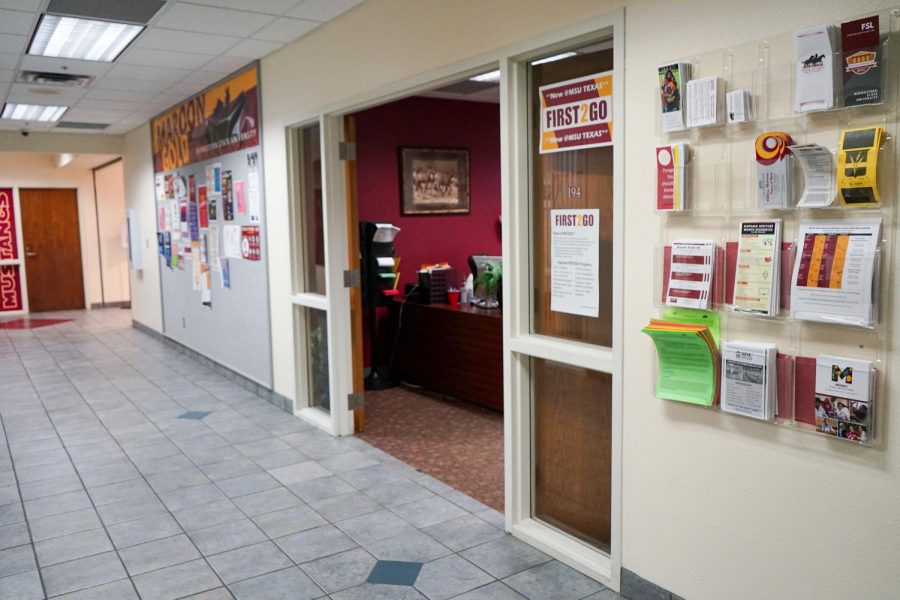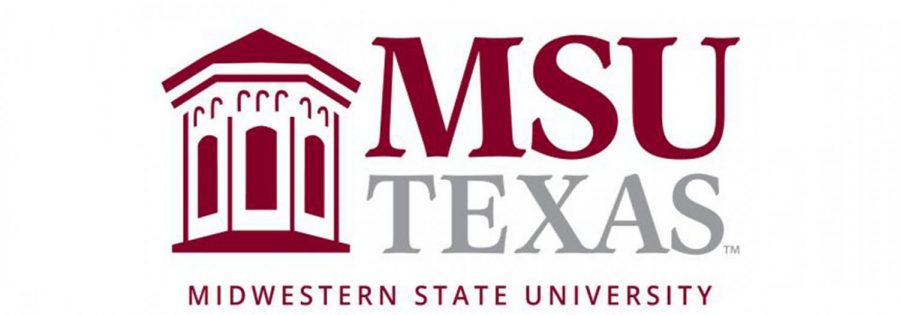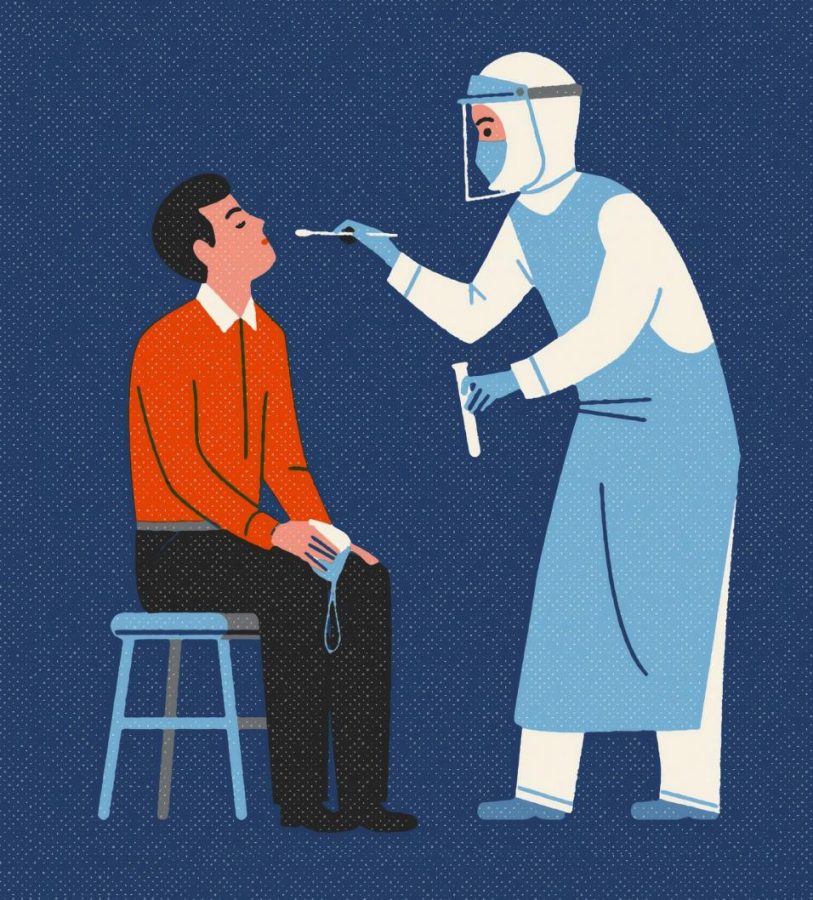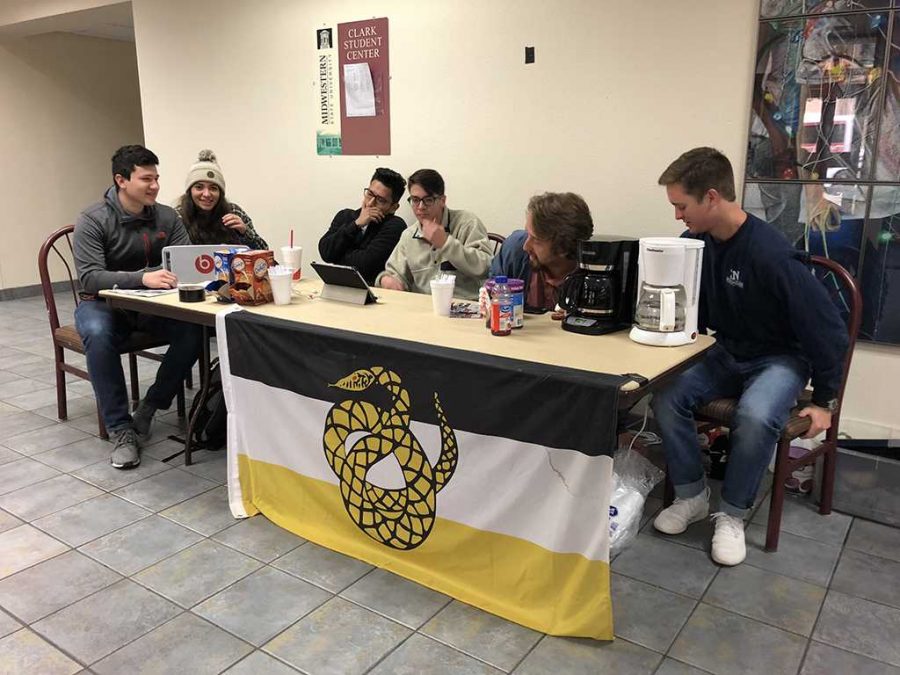Consultant looks to improve student retention from MWSU Campus Watch on Vimeo.
Nine years ago, university administrators created a plan to boost first-year retention rates, and last Monday administrators brought John Gardner, president of the John N. Gardner Institute for Excellence in Undergraduate Education, to show just how much of that plan has been implemented so far.
“You did that nine years ago, and you’ve implemented very few of the recommendations,” Gardner said, “but you have a plan here. It’s an excellent plan.”
Gardner said he also found that some of the things that make Midwestern State University unique, may be some of its drawbacks.
“The group recommended nine years ago the establishment of midterm grades. You don’t do that,” Gardner said. “I don’t know when I’ve been on a campus that doesn’t offer midterm grades.”
Gardner met with university constituents, including students, to hear what they thought about their first-year experience at MSU and, ultimately, to create a course for first-year students.
“There’s no substitute for hearing the student voice directly,” Gardner said.
One widely spread student concern was for a lack of early academic support.
“I saw a lot of my friends leave and they couldn’t do the academic part,” said Juan Mercado, radiology sophomore. “They were involved, but they couldn’t do the academic stuff so they had to drop out, so we need to change that.”
Gardner said early access to tutoring could curb the early dropout rate, but many students said they simply can’t find where tutoring is held.
“It’s a great mystery, to students here, where to go to get tutoring,” Gardner said. “You’re the only public university that I know of that doesn’t have some kind of centralized tutoring service.”
Mercado said increased publicity for tutoring would help because he and other students don’t know where to find tutoring or if it even exists at all.
“It needs to be more advertised or publicized,” Mercado said. “Get a poster or get a banner [that says], ‘Hey, do you really need tutoring? Here’s where to go, here’s the time we meet, and we’ll always be there.”
Gardner said these and other initiatives could bring retention up, but he said the university has been too comfortable to initiate more of the programs identified in the nine-year-old retention plan.
“I don’t think there was a lot of incentive to rethink what you were doing,” Gardner said. “I think you got very invested in the status quo.”





